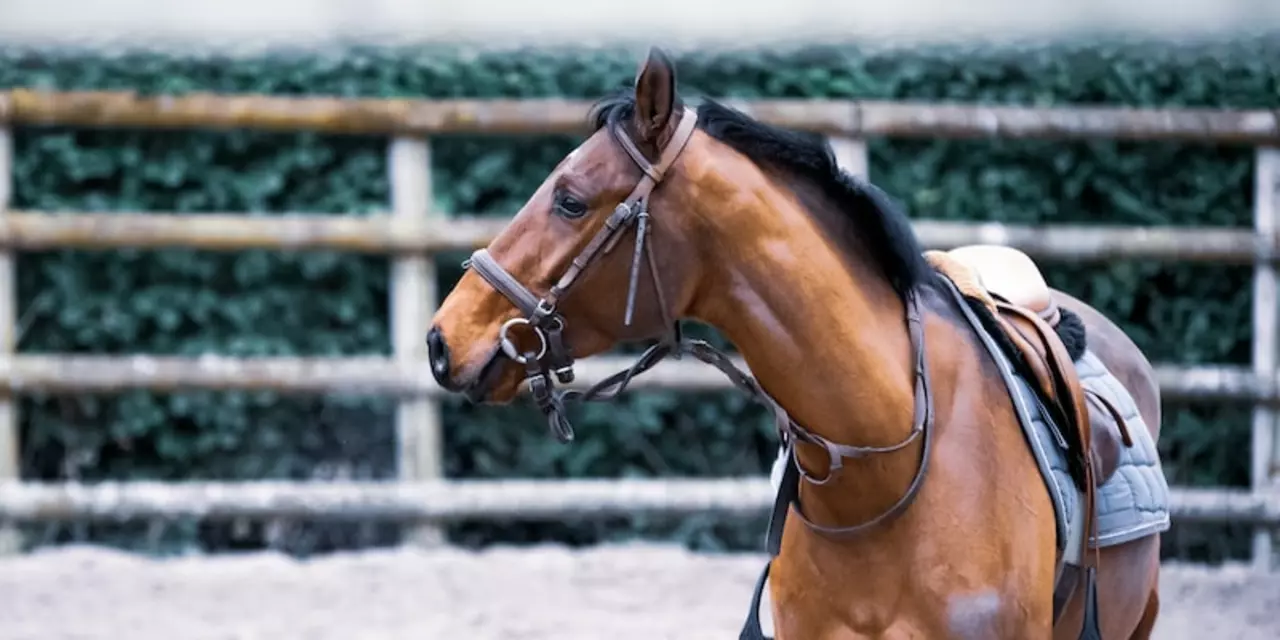Horseback Riding Is a Real Sport – Here’s Why It Counts
If you’ve ever heard someone say riding is just a hobby, you’re not alone. The image of a leisurely trot in a park can mask the hard work that goes into every ride. In reality, horseback riding demands strength, balance, and strategy – the same ingredients you find in any recognized sport.
The Physical Demands of Riding
When you’re in the saddle, your core does the heavy lifting. Keeping a stable seat while the horse moves requires constant engagement of abdominal muscles, back muscles, and hip stabilizers. Your legs aren’t just hanging; they cue the horse, push off, and absorb impact. Even a short lesson can feel like a full‑body circuit, burning calories and building endurance.
Balance is another key element. You’re constantly adjusting to the horse’s gait, especially over jumps or uneven terrain. This micro‑adjustment trains proprioception – the body’s sense of position – a skill athletes in gymnastics and snowboarding prize. The result? Better coordination and reduced risk of injury off the horse as well.
The Competitive Edge
Beyond the workout, riding has a robust competitive scene. From dressage and show jumping to eventing and western rodeos, there are dozens of disciplines where riders earn scores, medals, and rankings. Each event has strict rules, timed runs, and judges who grade precision, speed, and harmony with the horse.
Competing also pushes riders to set goals, track progress, and refine technique – all hallmarks of sport training. Whether you’re aiming for a local show ribbon or an Olympic dream, the pathway mirrors any other athletic journey: practice, feedback, and improvement.
But the sport isn’t just about the rider. Horse welfare is central, making riding a partnership sport. Riders must read their mount’s behavior, manage its health, and maintain a calm presence under pressure. That mental connection adds a layer of strategy you won’t find in solo sports.
So why do misconceptions stick? Many people see the graceful side of riding and forget the grit behind it. Media often highlights the romance, not the sweat. Yet every rider knows the early mornings, the conditioning drills, and the endless after‑care routine.
If you’re new to riding, start with basics: learn to sit tall, engage your core, and use gentle leg cues. Join a class that focuses on both technique and fitness. Ask your instructor how each drill builds strength or improves balance – you’ll see the sport side in action.
For seasoned riders, consider adding cross‑training. Core workouts, yoga for flexibility, and interval cardio keep you in peak condition for longer rides and tougher courses. Remember, a strong rider makes a stronger horse.
At AJ’s Equestrian Sports we celebrate every facet of riding – the thrill, the sweat, the partnership. Whether you’re here for tips, news, or community stories, you’re joining a sport that challenges the body, sharpens the mind, and builds a bond you won’t find elsewhere.
Why do people think that horseback riding is not a sport?
Horseback riding is often thought of as an activity rather than a sport, but it requires physical strength, coordination and skill. It is a full-body workout that requires posture control and balance as well as core strength and leg strength. It is also a mental challenge, as riders must be aware of their horse’s physical and mental state and know how to interact with them. Horseback riding also has competitive aspects, as riders can participate in a variety of equestrian sports. The horse’s welfare must be taken into consideration at all times, and riders must have patience and empathy for their mounts. This makes horseback riding a unique, challenging and rewarding sport.
READ MORE